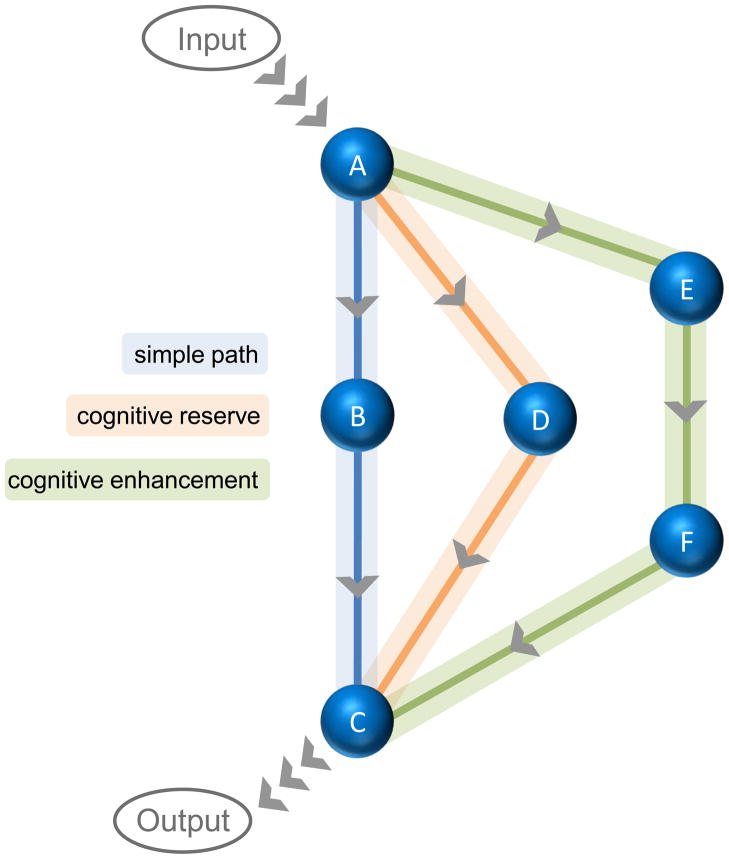Figure 1. Multiple paths to memory storage.
The evidence for cognitive reserve supports the idea that the brain should be capable of employing multiple paths for memory storage. In this simple schematic, associative input arrives at location A in the brain. To achieve the correct behavioral output, location C must be reached. While the simplest path to C is via B (blue), this linear approach to storing a memory is tenuous. If B becomes damaged, the memory trace is disrupted. However, a flexible mind can circumvent the blue trace if damage occurs and complete the connection to C by utilizing a cognitive reserve pathway (orange). The idea of cognitive enhancers (green path) draws on this same principle by employing molecular modifications to prepare additional locations (e.g. E and F) for participation in the memory trace.

